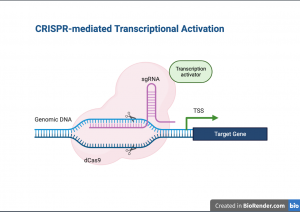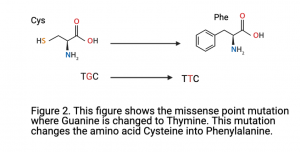
About the author: Dominique Weddle wrote this post as a part Dr. Stacy Krueger-Hadfield’s Evolutionary Biology course at the University of Alabama at Birmingham. She is an undergraduate student enrolled in the Accelerated Bachelor’s/Master’s Program pursuing a degree in Biology. She is currently in the Harris Lab examining the effects of the RT175 drug on hair greying by interacting with beta catenin and FKBP52.
For most people, being able to change your hair color is as simple as going down to your local drug store and finding a dye that suits your fancy. Did you know animals can do this too by modifying proteins?

One gene that plays a role in pigment production is the Melanocortin 1 receptor (Mc1r) gene (Suzuki et al. 2020). The researchers noticed that wild sables from Hokkaido, Japan were yellow (Suzuki et al. 2020). This mutation had been seen before in rabbits (https://doi.org/ 10.3389/fgene.2019.00875) and seals (Peters et al. 2016).The team hypothesized that a mutated gene was responsible. They used CRISPER/Cas9 to edit the Mc1r gene in mice (Figure One). By initiating a missense point mutation (Figure Two) they were able to change one amino acid into another (Suzuki et al. 2020). This turned off the gene, altering melanin production.

The mice had yellow fur, a sharp contrast to their usual black coat. Although not thought to be deadly, a change in genetic instruction can lead to yellow fur (Suzuki et al. 2020). Most mutations don’t actually result in any protein change. That is what makes these results really cool! The fact that a single letter changed black fur to blonde can have risks or rewards. The wild sable may stick out in its environment which could make predator evasion tough. On the other hand, this could help sables attract mates.
Maybe, in the near future, instead of going to the store we could just use CRISPER/Cas9 for a new hair color.
References



